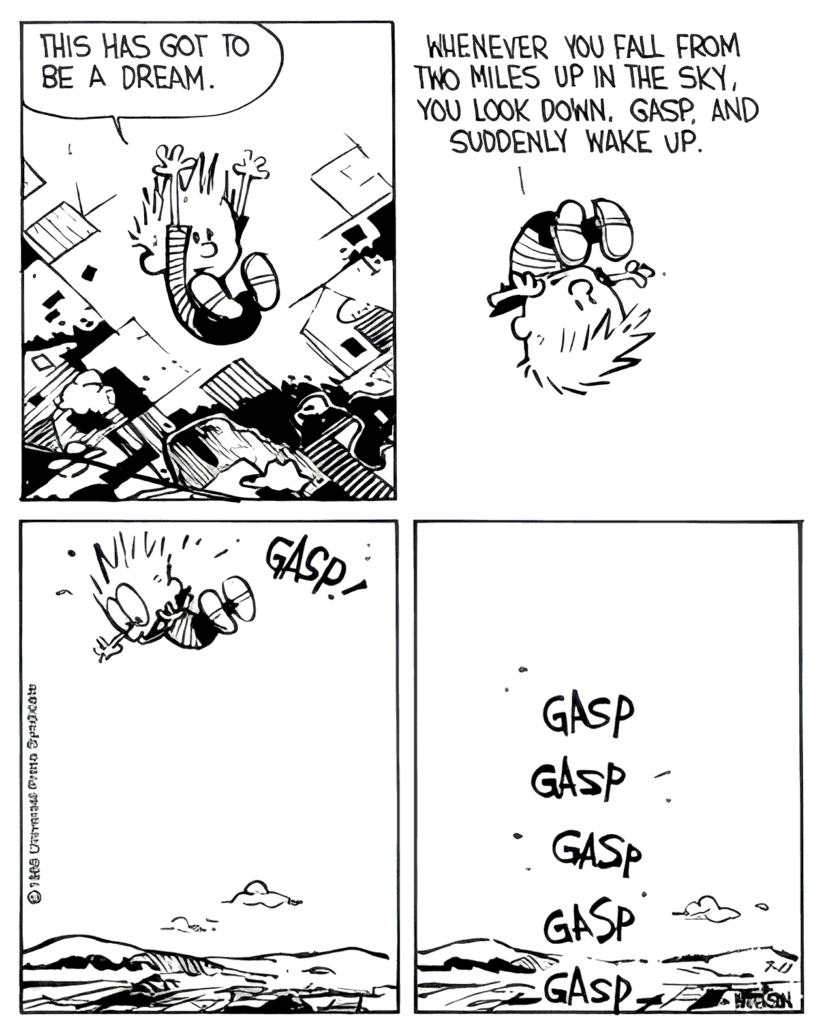4-19-24
I used to get dozens and sometimes hundreds of visitors in a day, and a lot them were looking at photos. Then it stopped. I became invisible in the search engines. Sure, if you knew the exact URL of one of my photos pages you could go there directly, shazam, it loads lots faster than the kludged-up database pages.
How long ago was that. 2017, it looks like. My daily visitor count was still in the steady double figures in January, and then fell to single figures. I didn’t begin to notice it until March.
I don’t remember when I began researching it. The search engines no longer could find me. I went through all the procedures to comply with the search engines, up to and including changing from the deprecated http address to the secure https address. Search engines ignored or red-flagged the sites without that extra “s” for security.
I did all kinds of other things but nothing has brought back my previous presence on the web. Lots of my visitors were going to the Alvarez guitar catalog and the Seymour Duncan catalog, for instance, and now I never ever get any hits on those items.
I changed all the Seymour pages to have the new Google ID numbers, but the fact remains that nobody goes there.
Maybe I’m just paranoid. Maybe everybody else was shadow-banned, too.
At one time if you searched for “copywriter,” I was in the top ten results because I was one of the first people to create a copywriting page. Colin Campbell, Copywriter, has had a website since 1995.
Then I was in the top 100. Now I don’t exist.
Nothing personal: if you google “copywriter” you will be hard pressed to find a person. Instead you get an endless list of intermediaries who will find the perfect copywriter for your task. Oh, and lots of how-to-become-a-copywriter tutorials.
455pm
I ordered another Apple Magic Keyboard. The letter “N” has rubbed off–that’s a sign that I’ve reached the limit. The keys all still work but they don’t have the springiness of a new keyboard. I’ve been looking at prices for a month because there are sale prices once in a while. Not this time, $99 everywhere you look except Other World: $79.99. But I’ve ordered it from OWC twice and it arrives in a non-Apple box, and even though they swear it is not refurbished, just a bulk-order thing, I’ve found things I didn’t like about them both times. So I shrug and pay the extra $20 to get a Gen You Wine brand spanking new keyboard.
I have no idea what they do to refurbish an Apple Magic Keyboard. Probably they open it and run a can of spray air over it and that’s it.
All I know is that when I have a new keyboard it’s like it’s not even there, I’m flicking my fingers and the words appear onscreen. When the keyboard is old enough so that the lettering is worn off the N key, my fingers push down past the now-gone springiness and clank against the bottom. Maybe I learn to type softer.
Well, a few years ago I saw an Underwood Upright at a garage sale and I was thinking, what if there’s some catastrophe that knocks out electricity for months? Maybe I should have a manual typewriter on hand, just in case.
So I tried it out and I couldn’t believe how much travel there was in the keys, how the heck could I have typed 60 words per minute on this barbaric device? And then I wondered where I could get ribbons for the ancient thing. Certainly not at Lund’s Office Supplies. I have plenty of paper and pens on hand if the catastrophe occurs.
I was trying to hold off on the new keyboard because surely there’s something else more important that I could be spending $106.67 on.
